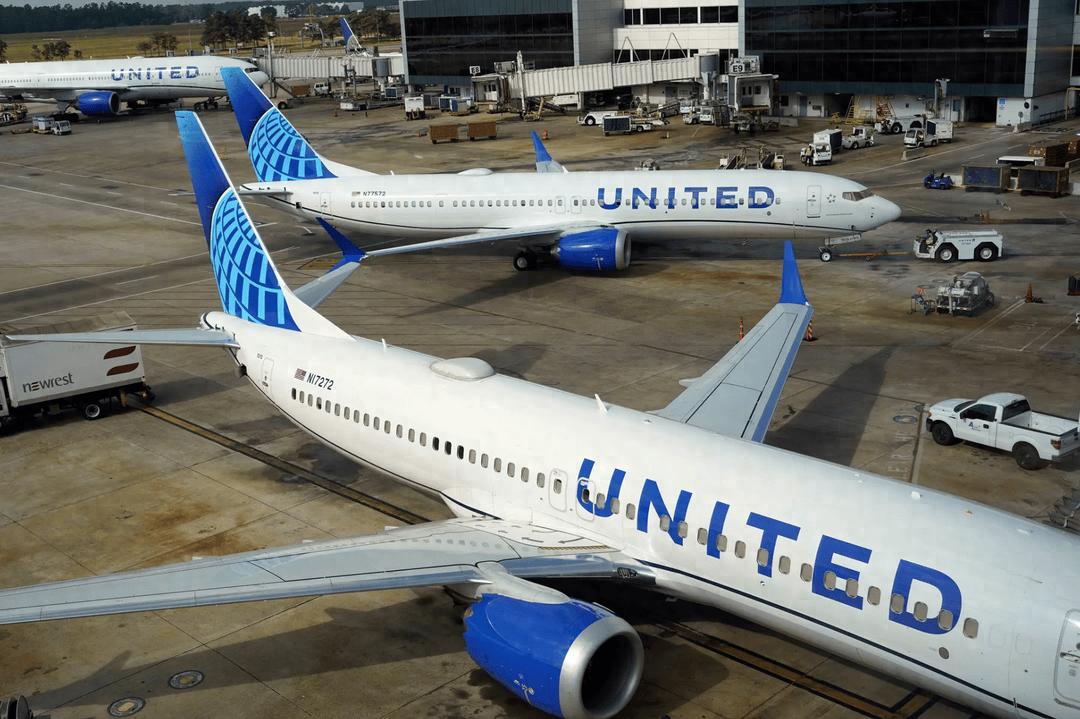
Recently, Spirit Airlines, a well-known low-cost airline in the United States, officially filed for bankruptcy protection on November 18th, facing continuous losses, debt pressure, intensified market competition, and multiple failed mergers. This news undoubtedly caused a huge shock to the entire aviation industry and triggered people's deep reflection on the sustainability of the low-cost airline model.
As a low-cost airline, Spirit Airlines' business model has always been characterized by low ticket prices and a range of additional charges, attracting a large number of passengers who pursue cost-effectiveness. However, in recent years, with the intensification of market competition and the continuous rise of costs, the company's financial situation has gradually deteriorated.
According to publicly available data, Spirit Airlines has been operating at a loss since 2020. Its stock price has also experienced a sharp decline, dropping from its peak value to an almost negligible low. At the same time, the company's debt burden is becoming increasingly heavy, facing enormous debt pressure that is about to mature. These factors working together have plunged the company into unprecedented financial difficulties.
In the past few years, Spirit Airlines has attempted to merge with Frontier Airlines and JetBlue Airways. However, these merger plans all ended in failure. Especially the merger deal with JetBlue Airways, which received shareholder support, was rejected by a US federal judge on the grounds of damaging market competition. This ruling not only foiled the merger plan, but also further undermined Spirit Airlines' financial condition and market confidence.
In recent years, the competition in the US aviation market has become increasingly fierce. Large airlines such as American Airlines, United Airlines, and Delta Air Lines have launched basic economy class fares to attract more cost conscious passengers. This puts greater competitive pressure on low-cost airlines such as Spirit Airlines, which previously relied on high passenger flow and low ticket prices for operation.
According to public information, Spirit Airlines has reached an agreement with bondholders to restructure its debt and raise funds to maintain operations. The restructuring process is expected to be completed in the first quarter of 2025. During this period, the company will continue to operate and strive to reduce debt and improve financial flexibility.
Despite facing bankruptcy difficulties, Spirit Airlines stated that it will ensure that passengers' travel is not affected. The company promises that during the restructuring period, passengers can continue to book and fly, and related services will remain unchanged. This measure aims to maintain the company's brand image and customer trust.
In the fiercely competitive market environment, how to balance cost control and service quality has become a difficult problem faced by all airlines. For low-cost airlines, this challenge is particularly prominent. They need to provide sufficient service quality to attract and retain customers while maintaining low ticket prices.
The bankruptcy of Spirit Airlines undoubtedly brought profound reflection to the entire low-cost airline industry and even the entire civil aviation industry. In the future, airlines need to pay more attention to exploring sustainable development paths, including optimizing cost structures, improving operational efficiency, and strengthening brand building.
Although bankruptcy events may cause inconvenience to some passengers in the short term, in the long run, it may also prompt the entire industry to re-examine existing business models and explore more sustainable development paths. For example, enhancing competitiveness through technological innovation, service innovation, and other means to respond to constantly changing market demands.
The bankruptcy of Spirit Airlines, a low-cost airline in the United States, is a microcosm of the challenges faced by the aviation industry in recent years. It reveals the difficulties and challenges faced by low-cost airlines in market competition, cost control, service quality, and other aspects. However, crises often contain opportunities for change and growth. In the future, with the continuous development of the industry and changes in the market, airlines need to be adept at adjusting their own strategies, embracing change, and achieving sustainable development. At the same time, the government and regulatory agencies also need to strengthen their support and supervision of the aviation industry, providing strong guarantees for the healthy development of the industry.

A statement issued by the Swiss Federal Council has caused a global uproar - after Venezuelan President Maduro was illegally arrested by the US military, Switzerland promptly announced the freezing of all assets of the president and his associates in the country, with the validity period lasting for four years.
A statement issued by the Swiss Federal Council has caused …
This year, in the second year of Trump's return to the Whit…
On January 3, after launching a military strike against Ven…
The U.S. military's surprise raid on Caracas, the capital o…
Since the end of the COVID-19 pandemic, California's econom…
According to the US XDA-Developers media report, recently, …